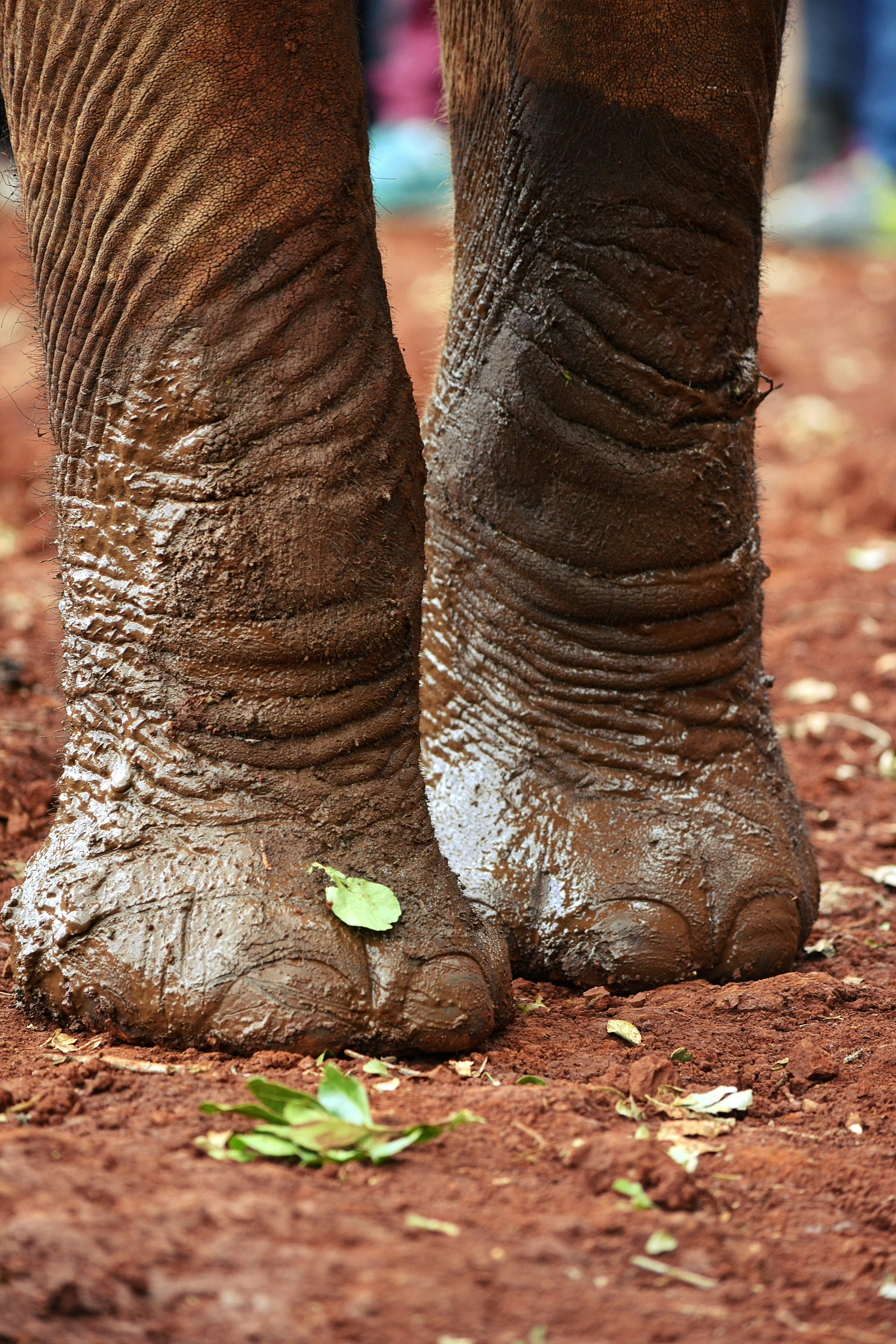Quintessential Tanzania...
The Maasai called it Serengit, meaning "endless plains", but today it is known throughout the world as the Serengeti.
Nimali Serengeti sits in the heart of the legendary 15 000km² national park, one of the most prolific wildlife regions in the world. Being located so centrally means the lodge is within easy driving distance of many of the Serengeti's most prolific wildlife areas.
Feel...
Ancient rocks shaped by wind, rain and sun

Indian elephant
Indian elephants may spend up to 19 hours a day feeding and they can produce about 220 pounds of dung per day while wandering over an area that can cover up to 125 square miles. This helps to disperse germinating seeds.
They feed mainly on grasses, but large amounts of tree bark, roots, leaves and small stems are also eaten. Cultivated crops such as bananas, rice and sugarcane are favored foods as well.
Since they need to drink at least once a day, these elephants are always close to a source of fresh water.

Witness...
The tracks and signs of the bush

african lion
Lions are unique among cats in that the male can be easily distinguished from the female (lioness) because he possesses a mane of hair.
As in most cats, the eyes are adapted for seeing at night when they do a lot of hunting.
The claws can be retracted in sheaths to prevent them getting blunted when walking across the savannah, which they can do almost noiselessly on soft pads.

Listen...
To the sawing call of a leopard as day turns to night

green pit viper
Vipers are a large family of snakes; the scientific name is Viperidae. They are found all over the world, with the exceptions of Antarctica, Australia, New Zealand, Madagascar, north of the Arctic Circle and island clusters such as Hawaii.
The family Viperidae includes adders, pit vipers (like rattlesnakes, cottonmouths and copperheads), the Gaboon viper, green vipers and horned vipers.
All vipers are venomous and have long, hinged fangs. "Generally more venomous vipers are in tropical areas, particularly South America and Africa," said Alan Savitzky, a professor of biological sciences at Utah State University specializing in the biology of snakes. Vipers found in colder, northern climates, such as the black or European adder have more moderate venom.

Savour...
A hearty breakfast served al fresco

green pit viper
Vipers are a large family of snakes; the scientific name is Viperidae. They are found all over the world, with the exceptions of Antarctica, Australia, New Zealand, Madagascar, north of the Arctic Circle and island clusters such as Hawaii.
The family Viperidae includes adders, pit vipers (like rattlesnakes, cottonmouths and copperheads), the Gaboon viper, green vipers and horned vipers.
All vipers are venomous and have long, hinged fangs. "Generally more venomous vipers are in tropical areas, particularly South America and Africa," said Alan Savitzky, a professor of biological sciences at Utah State University specializing in the biology of snakes. Vipers found in colder, northern climates, such as the black or European adder have more moderate venom.

Breathe it all in...
The fragrant scents of trees in bloom

green pit viper
Vipers are a large family of snakes; the scientific name is Viperidae. They are found all over the world, with the exceptions of Antarctica, Australia, New Zealand, Madagascar, north of the Arctic Circle and island clusters such as Hawaii.
The family Viperidae includes adders, pit vipers (like rattlesnakes, cottonmouths and copperheads), the Gaboon viper, green vipers and horned vipers.
All vipers are venomous and have long, hinged fangs. "Generally more venomous vipers are in tropical areas, particularly South America and Africa," said Alan Savitzky, a professor of biological sciences at Utah State University specializing in the biology of snakes. Vipers found in colder, northern climates, such as the black or European adder have more moderate venom.


Location
Enjoying a brand-new position close to Makoma Hill, the reimagined Nimali Serengeti enjoys uninterrupted views over kopje dotted plains. The game viewing in this area is outstanding all year round, with large herds of buffalo and elephant, an abundance of plains game and exceptional big cat sightings.
Moreover, the lodge is located on one of the most renowned wildebeest migration routes, with the herds moving through from April to June and October to December each year.
Accommodation
There are 12 tented suites at Nimali Serengeti, two of which are connected by a shared walkway making them perfect for families. Each suite has its own private verandah and en-suite bathroom with bathtub and outdoor shower. The lodge's central lounge, dining area and pool deck offer more than enough space to relax in between activities. The interiors are a homage to the migration motif. Skin and bone colours and styling further underpin the design inspiration. The modern and contemporary style blends effortlessly with organic textures.


Activities
Nimali Serengeti's primary activities are morning and afternoon game drives. This area is particularly well known for its predators, especially lion, cheetah and leopard, all of which are seen regularly.
In addition to these activities, we also offer the following:
- Spa treatments
- Bush lunches
- Sundowners
- A hot-air balloon flight over the surrounding wilderness is also highly recommended
Experiences
Getting There
Although Nimali Serengeti is accessible by road from Arusha, it's an eight-hour drive and not recommended. Nimali Serengeti is four hours by road from the Ngorongoro Crater main gate and a four-hour game drive from its sister camp in the north, Nimali Mara. The Serengeti's Naabi Hill gate is approximately a two-hour drive from camp.
- Seronera Airstrip (40 minutes' road transfer)
S 2º 27´ 43´/E 34º 43´ 02








%402x.svg)








